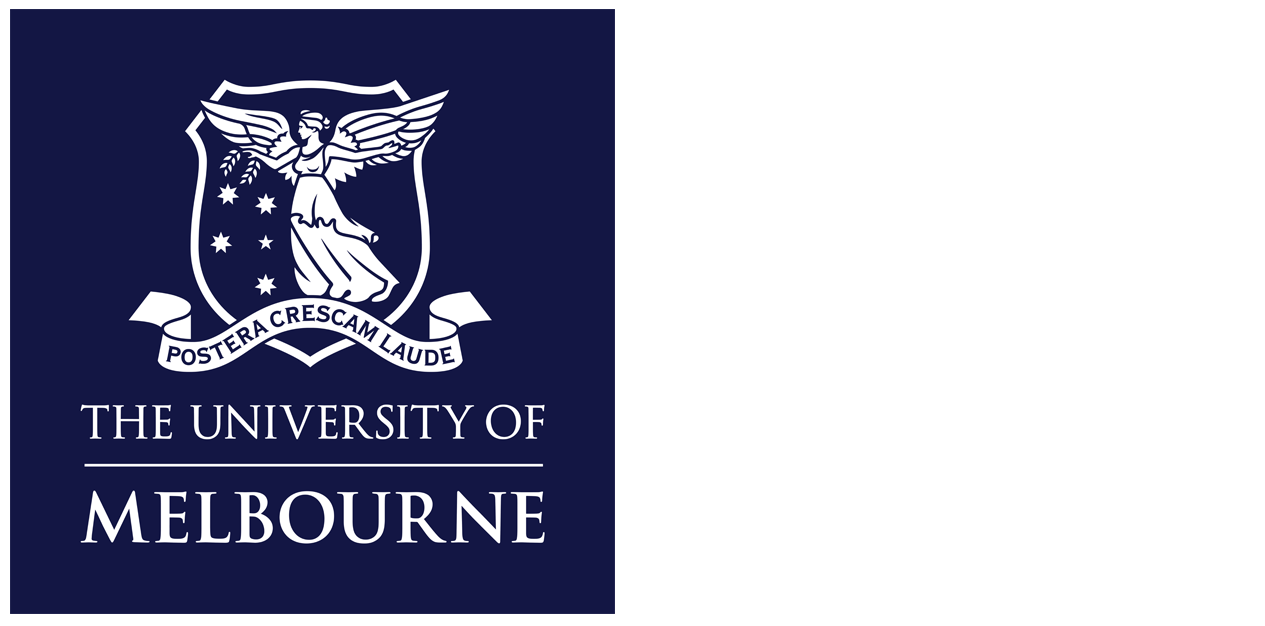


Melbourne Connect is home to a vibrant community of researchers, academics, industry professionals, students, and some of the most forward-thinking and innovative businesses in the world. Each day the community at Melbourne Connect is making advancements across a large range of industry sectors, from med-tech to cloud-based video software and many more. This is the place that will keep you up-to-date with everything that is being produced and celebrated across the precinct.